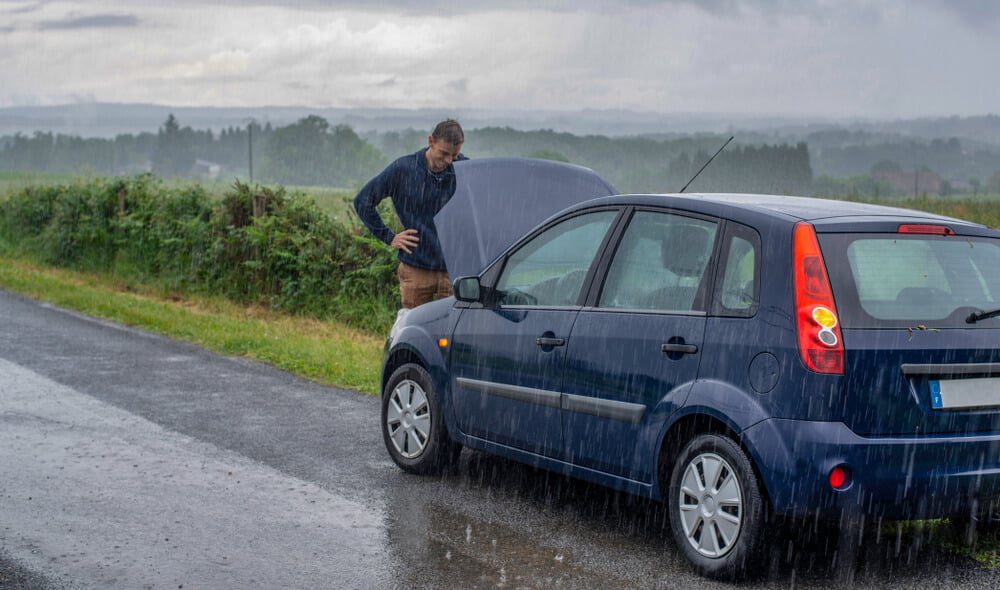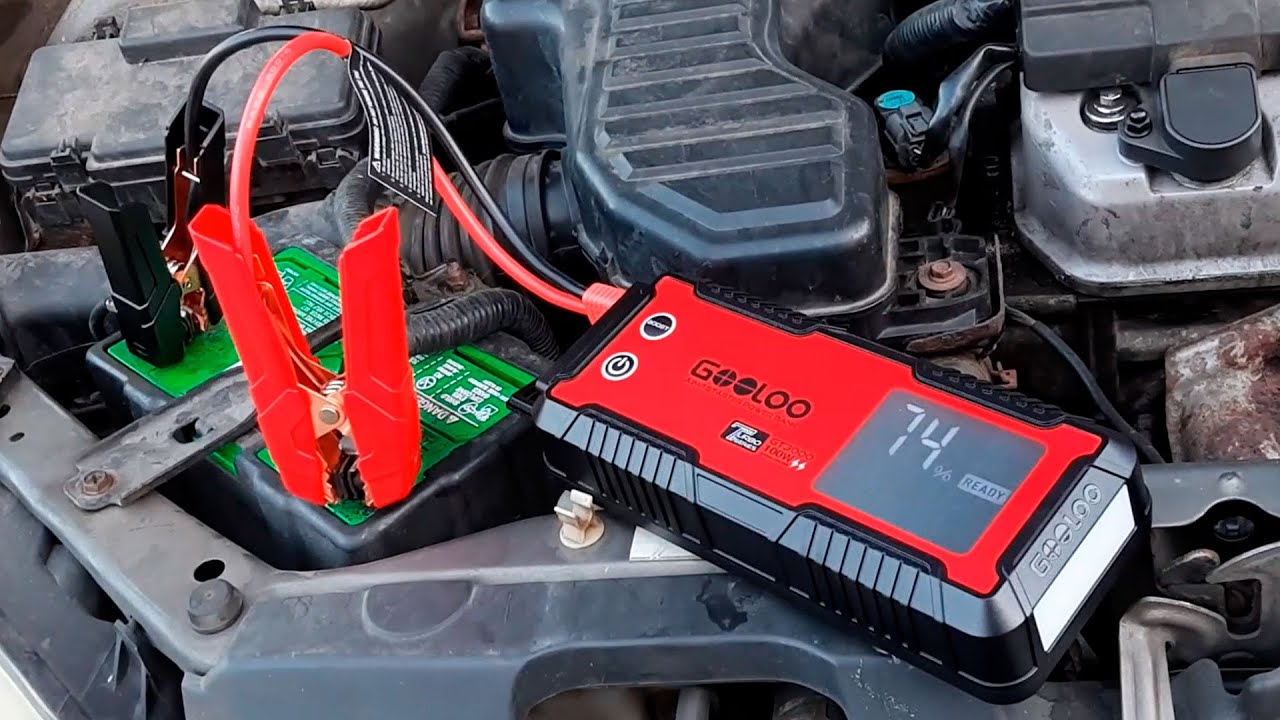Stay Safe, Avoid Shocks, and Get Back on the Road with These Expert Tips!
1. Why Jump-Starting in the Rain Is Risky ⚠️
Water conducts electricity, increasing the risk of short circuits or sparks. But with proper precautions, it’s doable! Key dangers include:
- Electrocution: Wet surfaces boost current flow through your body.
- Battery explosions: Hydrogen gas from batteries can ignite.
- Frying electronics: Modern cars have sensitive systems vulnerable to power surges.
Key Stat: 12V car batteries can deliver 100+ amps—enough to cause severe burns or cardiac arrest.
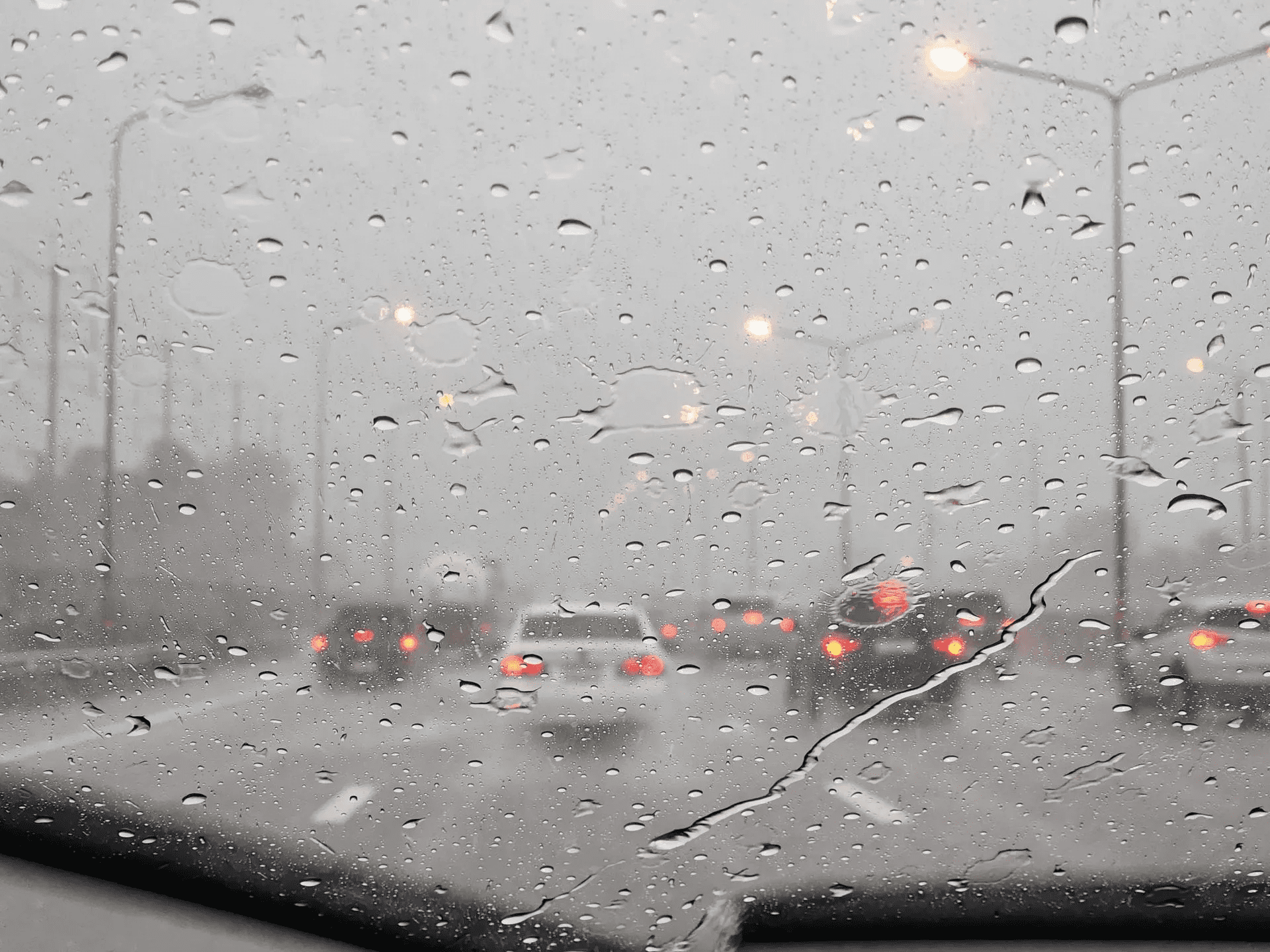
2. Safety Do’s ✅
Do: Prep Your Gear
- Use insulated jumper cables: Thick rubber coating (e.g., 6-gauge or lower).
- Wear rubber gloves and boots: Reduce conductivity.
- Cover the battery: A plastic bag or umbrella shields terminals from rain.
Do: Park Safely
- Keep cars 3+ feet apart to avoid accidental contact.
- Turn off both engines, lights, and electronics.
Do: Connect in the Right Order
- Red (+) to dead battery.
- Red (+) to donor battery.
- Black (-) to donor battery.
- Black (-) to unpainted metal on dead car (e.g., engine bracket).
3. Critical Don’ts 🚫
| Don’t | Why It’s Dangerous |
|---|---|
| Let cables dangle in water | Risk of short circuits. |
| Touch metal clamps | Wet gloves won’t fully protect you. |
| Reverse the connections | Can fry ECUs or cause sparks. |
| Smoke or vape nearby | Battery hydrogen gas is flammable. |
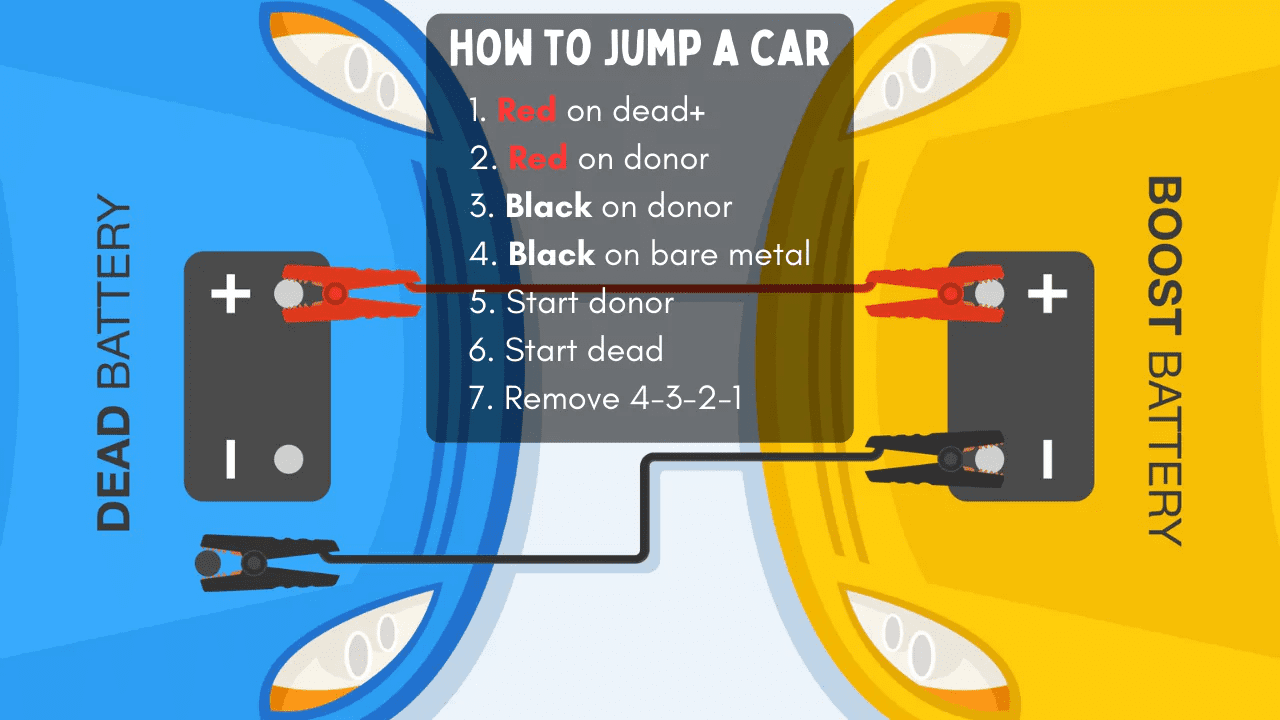
4. Step-by-Step Guide for Wet Conditions 🛠️
Step 1: Dry the Terminals
- Wipe the dead battery’s terminals with a dry cloth or paper towel.
Step 2: Connect Under Cover
- Pop both hoods to create a partial shield from rain.
Step 3: Start the Donor Car
- Let it run for 2–3 minutes to charge the dead battery slightly.
Step 4: Start the Dead Car
- Turn the key—if it doesn’t start in 5 seconds, wait 1–2 minutes to avoid overheating.
Step 5: Disconnect in Reverse Order
- Black (-) from grounded metal.
- Black (-) from donor.
- Red (+) from donor.
- Red (+) from revived car.
5. When to Call a Pro 🚨
- Submerged battery: Water inside the battery case.
- Corroded/swollen terminals: Risk of acid leaks or explosions.
- Hybrid/electric vehicles: High-voltage systems require specialist handling.
Case Study: A Tesla owner in Seattle fried his ECU using jumper cables in heavy rain—costing $3,200 in repairs.
6. Post-Jump Checks 🔋
- Drive for 20+ minutes: Let the alternator recharge the battery.
- Inspect cables: Replace if cracked or exposed.
- Test the battery: Auto stores like AutoZone offer free checks.

7. Top 5 Rain-Safe Jump-Start Tools 🧰
| Tool | Price | Best For |
|---|---|---|
| NOCO GB40 Boost HD | $100 | Waterproof, no cables needed |
| Thick Rubber Jumper Cables | $30 | Heavy rain conditions |
| DieHard Battery Charger | $60 | Slow, safe trickle charging |
| Insulated Gloves | $15 | Extra protection |
| Portable Hood Cover | $25 | Shielding terminals |
8. FAQs ❓
Q1: Can I jump-start a car in a thunderstorm?
A: No—lightning can strike and electrify the car. Wait it out!
Q2: What if water gets into the battery?
A: Disconnect and dry terminals. If the battery was submerged, replace it.
Q3: Are lithium-ion batteries safer in rain?
A: No—they’re less explosive but still risk short circuits.
Q4: Can I use a jump box in the rain?
A: Yes, if it’s rated IP65+ waterproof (e.g., NOCO GB40).
Q5: Why can’t I connect the black clamp to the dead battery’s (-)?
A: Final sparks occur at the clamp—keep them away from flammable battery gas.
9. Free Rain Jump-Start Checklist 📝
[🔗 Download Your Free PDF Here]
Includes:
- Gear checklist for wet weather.
- Connection order diagram.
- Emergency roadside contacts.
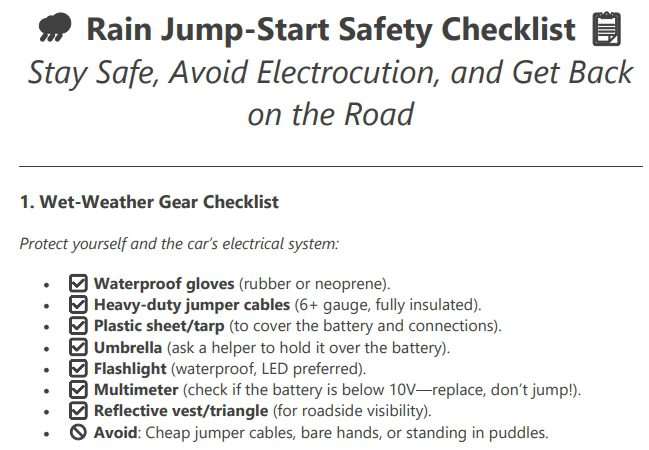
Share this guide to keep friends safe—because getting stranded in the rain is bad enough without a zap! 🙌🔋
Expand Your Automotive Knowledge 📝
Explore 500+ Free Expert-Curated Guides
🚗 Learn New Skills
From basic maintenance to advanced repairs — clear, actionable tutorials for every skill level.
🌍 Access Anywhere
Mobile-friendly guides with HD visuals. No downloads required.
- Guides & Tutorials
- Car Maintenance 101
- Diagnostics & Troubleshooting
- Seasonal Maintenance
- Budget-Friendly Repairs
- Electrical Systems Guide
- Car Safety & Reliability
- Tools & Product Reviews
- Routine Maintenance
- Car Modifications & Upgrades
- Buying/Selling Guides
- Eco-Friendly Car Care
- Advanced Repairs
- Car Laws & Compliance
- Emergency Repairs
- Future Car Tech

